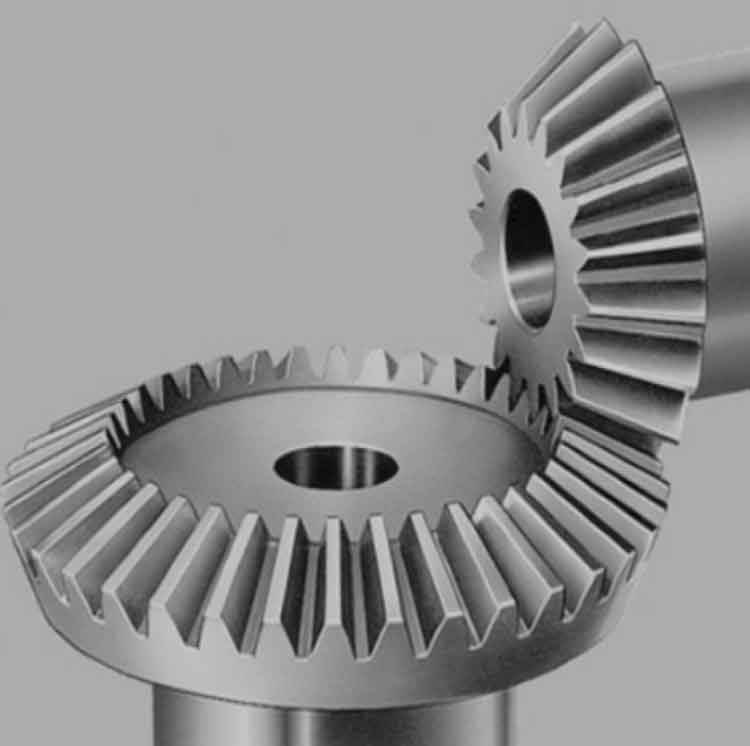Precision engineering plays a crucial role in the design and manufacturing of straight bevel gears to ensure optimal performance and reliability. Here are some key insights into precision engineering with straight bevel gears:

1. Gear Design:
- Precise gear design is essential to achieve the desired performance characteristics. CAD (Computer-Aided Design) software is commonly used to create accurate 3D models of the gears, considering factors like tooth profile, pressure angle, module, and gear ratio.
- Engineers must carefully calculate the gear dimensions and tooth profiles to ensure proper meshing and minimize backlash for smooth operation.
2. Gear Material Selection:
- The choice of material is critical for the performance and durability of straight bevel gears. Common materials include alloy steels, carburizing steels, and heat-treated materials, depending on the application and load requirements.
- High-quality materials with excellent fatigue resistance and hardness are preferred to handle the stresses and wear during gear operation.
3. Gear Cutting and Machining:
- The gear teeth are cut using specialized machines like gear hobbing or gear shaping machines. These processes require precise control to achieve the desired tooth profiles and dimensional accuracy.
- CNC (Computer Numerical Control) machining ensures repeatability and consistency during gear manufacturing, contributing to the precision of the final product.
4. Heat Treatment:
- Heat treatment is a critical step in the manufacturing process to improve the mechanical properties of the gears, such as hardness and strength.
- Proper heat treatment helps enhance the wear resistance and fatigue strength of the gears, leading to longer service life.
5. Gear Inspection and Quality Control:
- Precision inspection techniques, such as coordinate measuring machines (CMMs), gear testers, and profile analyzers, are used to validate the gear’s dimensional accuracy and tooth profile conformity.
- Strict quality control measures are implemented at every stage of manufacturing to identify and rectify any deviations from design specifications.
6. Surface Finishing:
- Proper surface finishing is crucial to minimize friction and wear between gear teeth. Processes like grinding and lapping can be employed to achieve the required surface smoothness and accuracy.
7. Assembly and Testing:
- Assembled gear sets are tested for smooth operation, noise, and vibration to ensure they meet the required performance standards.
- Dynamic testing under load conditions may be conducted to verify the gear’s performance under real-world conditions.
8. Lubrication:
- Choosing the right lubricant is essential for reducing friction and wear between gear teeth during operation.
- Proper lubrication helps improve the efficiency and longevity of straight bevel gears.
Precision engineering in straight bevel gears ensures that each gear meets tight tolerances and performs reliably in its intended application. A well-designed and accurately manufactured straight bevel gear can provide efficient power transmission and contribute to the overall performance and reliability of the machinery it serves.
